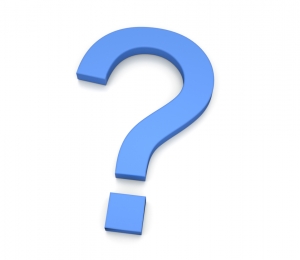
Image Credit: 7rains
In Dutch there are two definite articles (words that mean ‘the’). These are de and het. The article de is for masculine and feminine nouns. These are also known as common nouns. The article het is for neuter words.
Knowing when a word is common or neuter is one of the challenges in learning Dutch, as there are no hard and fast rules. However, learning which words are common and which are neuter is a worthwhile area to invest your time in because it does affect other aspects of the language.
While there are no set rules as such, there are some patterns and hints that you can keep in mind when struggling to pick the correct definite article:
- the number of de-words is about twice as large as the number of het-words, so when in doubt pick de
- plural nouns have the definite article de (het boek becomes de boeken)
- the gender of a compound noun is determined by the gender of the second word (de wijn + het glas = het wijnglas)
- diminutives (indicating that something is small, usually by adding -je to the end of a word) have the definite article het (de tomaat becomes het tomatje)
- colours and languages usually take het
- nouns referring to people typically take de
Some things that people have found helpful when learning de and het words are:
- to learn the definite article when you learn the noun
- to make a list of all the neuter nouns you come across, since these are less it is easier to keep track of them
- a dictionary should tell you if a noun is neuter, feminine or masculine. This is often done via a letter next to the noun: neuter: ‘o’ for onzijdig, feminine: ‘v’ for vrouwelijk, masculine: ‘m’ for mannelijk
Have you noticed any other patterns with de or het words? Do you have another tip for keeping track of the different sets? Do let us know.
If you would like some practise, work through the following list and identify if the words are de or het words. If you don’t know the meaning of a word, this is a great time to look its meaning up as well. I’ll post the answers later.
- toilet
- papier
- toiletpapier
- koffie
- melk
- koffiemelk
- poeder
- suiker
- poedersuiker
- aardappel
- salade
- aardappelsalade
- chocolade
- vla
- chocoladevla
Sarah also wrote a post on definite articles last year. If you are looking for more tips or just another wording of what de and het are all about, then check it out.






Comments:
Jonas:
This is a nice place to check your knowledge of de-het words:
http://www.lingo-buddy.com/index.php/en/component/lbprocess/?task=grammarDeHet
Irfaan Stokes Rahim:
Hallo Heather! Veel danke vir die artikel. Ek is ‘n Afrikaans sprekende persoon wat in Suid Afrika bly, maar wil graag die Nederlandse taal. Ek he(b)t altyd gewonder daaroor om watter word te gebruik, het of de, en nou weet ek. So, baie dankie vir die inligting. Groete! Irfaan
Wilbert:
Hi Heather,
Great article! One thing:
The diminutive for the word ‘tomaat’ is actually ‘tomaatje’ 😉
(if it was ‘tomatje’ the A would be pronounced differently)
Groetjes!
Wilbert